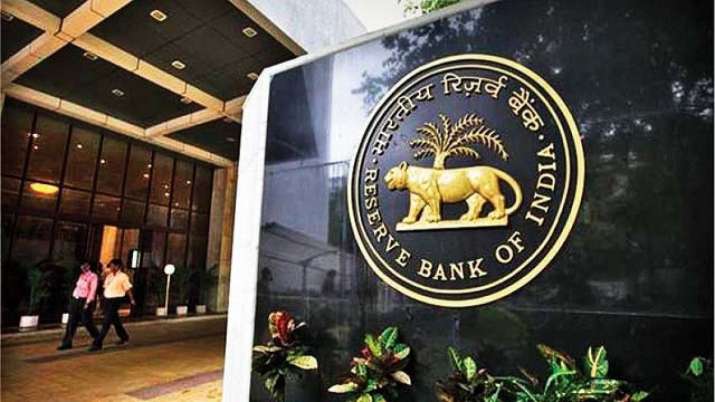Non-Banking Financial Companies (NBFCs) form a major part of the financial system in India. Some large NBFCs like Indiabulls Group and Bajaj Finance have an asset size of more than INR 1 billion. Scheduled commercial banks and fund houses usually lend considerable amounts to these NBFCs. Therefore, the collapse of any NBFC can shake up the entire industry.
To counter the gap in the regulatory framework between banks and NBFCs, last month, the Reserve Bank of India (RBI) released a new scale-based framework (New Framework) for regulating NBFCs in India.
The New Framework aims to rationalize the regulatory principles for different types of NBFCs and segment them into three layers as per size, operations, systematic risk, and other factors. The New Framework will come into effect from October 1, 2022, and the mandatory listing requirement will be effective from April 1, 2022.
In this article, we discuss the categorization of NBFCs as per the New Framework and the significant regulatory changes.
The three-layer categorization
Currently, NBFCs are primarily divided into two types – NBFC-ND (non-deposit taking) and NBFC-D (deposit taking). All NBFC-NDs having an asset size of INR500 crores (~US$66.45 MM) are considered as NBFC-ND-SI (systematically important). Further, some NBFCs are divided sector wise into, inter alia,NBFC-HFC (housing finance companies), NBFC-IFC (infrastructure finance companies, NBFC-MGC (mortgage guarantee companies), NBFC-Factor, IDF (infrastructure debt fund)-NBFC, and NBFC-IC (investment companies).
The New Framework categorizes all NBFCs into three layers as below:
Base layer – This layer will cover NBFCs which are non-systematically important, i.e., they have a lesser risk and impact on the financial system. It will also cover peer-to-peer lending platforms, account aggregators, and non-operative financial holding companies. The asset size for NBFCs in the base layer has been increased from INR500 crores (~US$66.45 MM) to INR1000 crores (~US$132.90 MM). Therefore, certain additional regulations have been prescribed for such NBFCs.
Middle layer – This layer will cover NBFC-ND-SI and NBFC-D having an asset size of more than INR1000 crores (~US$ 132.90 MM). It will also cover NBFC-HFCs, NBFC-IFCs, IDF-NBFCs, and CICs.
Upper layer – This layer will cover the top ten NBFCs based on asset size, as well as other systematically important NBFCs based on size, interconnectedness, complexity, liabilities, etc.
The RBI has also added a top layer, which has been kept open. Here, the idea is to shift any upper layer NBFC into the top layer, as and when required, in case of any future systematic risk.
Key regulatory changes

The regulatory regime for each type of NBFC will remain as per the extant framework, but with some additional compliance requirements as discussed below:
Net owned fund – NBFCs with public funding will have to now achieve a net owned fund of INR10 crores (~US$1.32 MM).
Disclosure requirements – Base layer NBFCs will have to disclose additional information, such as relation party transactions, director loans and customer complaint details, to the RBI. Further, middle layer and upper layer NBFCs will have to disclose corporate governance reports, exceptional items details and auditor opinions in their financial statements.
Board structure – All NBFCs will have to appoint at least one (1) director experienced in the banking sector. Further, key managerial personnel (KMPs) and independent directors of upper layer and middle layer NBFCs will now be subject to some limitations, i.e., a KMP will not be allowed to be a KMP in any other NBFC, and an independent director will not be allowed to serve on the board of more than three (3) NBFCs.
Corporate governance – Base layer NBFCs will have to constitute a risk management committee to evaluate liquidity risk. Middle layer and upper layer NBFCs will have to divide different committees as per their roles, i.e., audit committee, nomination committee, remuneration committee, etc. This is in line with requirements for private banks in India.
Other regulatory restrictions – The New Framework stipulates some restrictions for granting loans to directors of NBFCs and mandates a board approved policy for related party transactions. Further, real estate loans have been put under increased scrutiny, and NBFCs will have to, before the loan disbursement, ensure that the borrowers have obtained requisite government permissions for the real estate project. Another notable change is in the IPO funding limits to high net-worth individuals (HNIs). Currently, NBFCs offer sizeable loans to HNIs for IPOs. Henceforth, such loans will be restricted to INR1 crore (~US$0.13 MM) per borrower.
Mandatory listing – An upper layer NBFC will have to list on a stock exchange within three (3) years of classification as an upper layer NBFC. This will put upper layer NBFC on par with commercial banks, which have similar licensing conditions.
Apart from the regulatory changes, the New Framework prescribes guidelines for sectoral limits, exposure limits, non-performing assets classification, and asset provisioning, among others.
Our Comments
The New Framework is very well structured and will help NBFCs function better, as also ensure their adequate supervision. However, the open-ended criteria for upper layer and top layer NBFCs will require a more detailed assessment on a case-to-case basis.
Overall, the New Framework focuses extensively on the corporate governance and better management of NBFCs in India. It also grants sufficient time to NBFCs to comply with the requirements and smoothly transition into the New Framework. Given the recent NBFC crises in India, the enhanced regulatory supervision will help combat future risk.
About the Author
Swati Agrawal is an associate at Majmudar & Partners.
